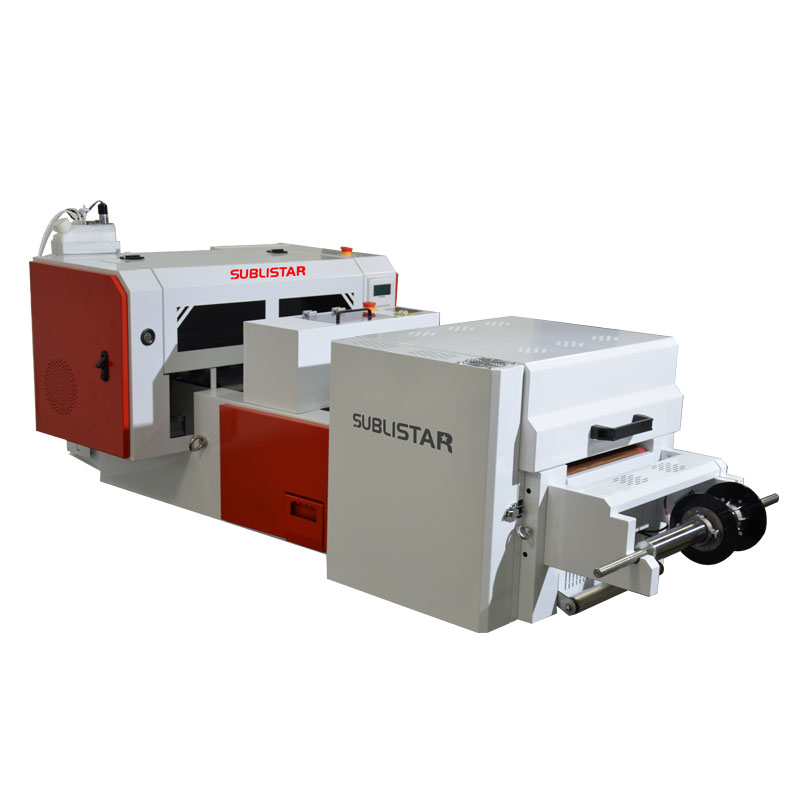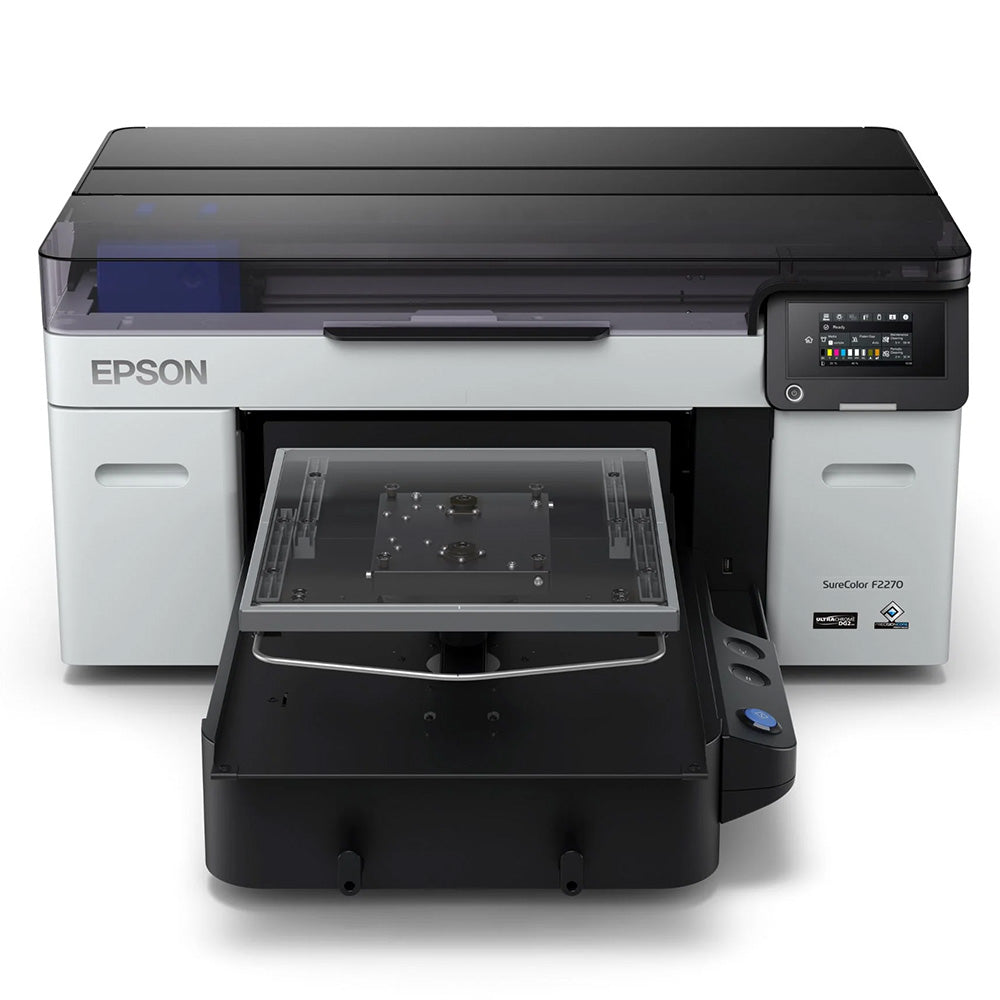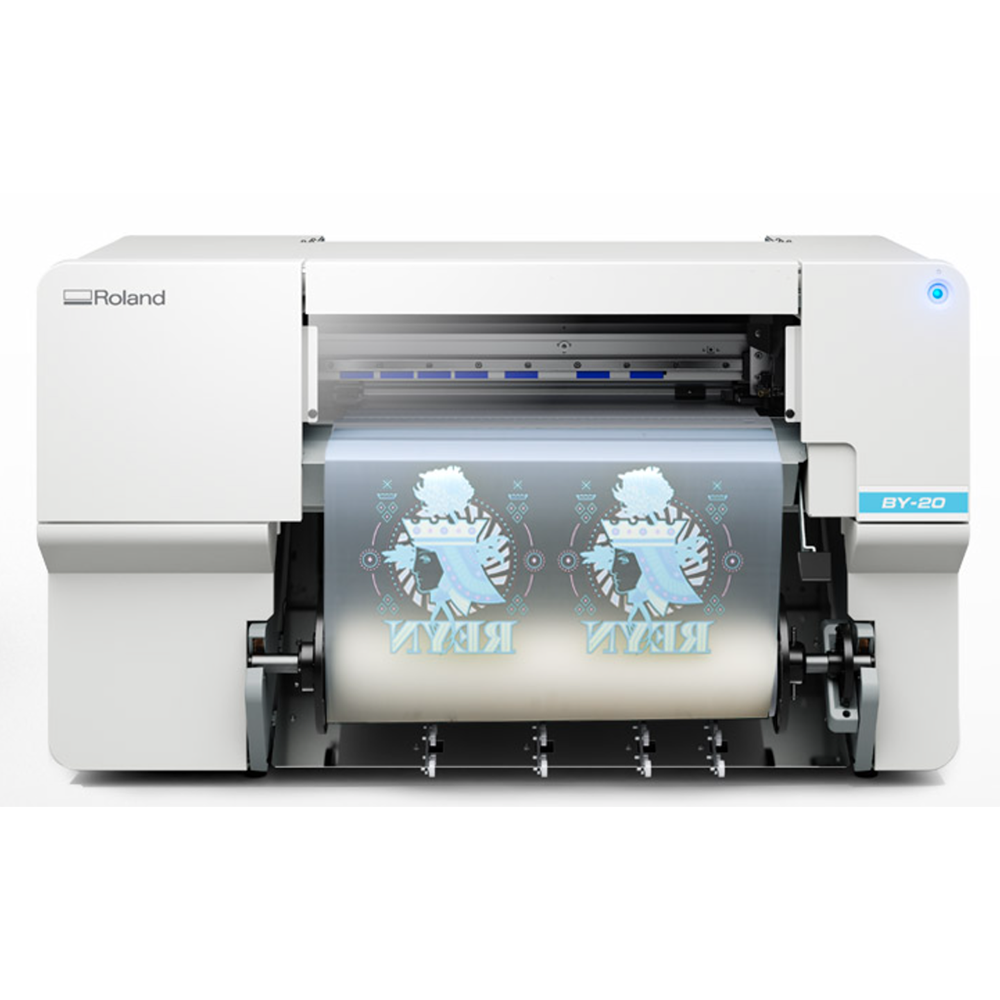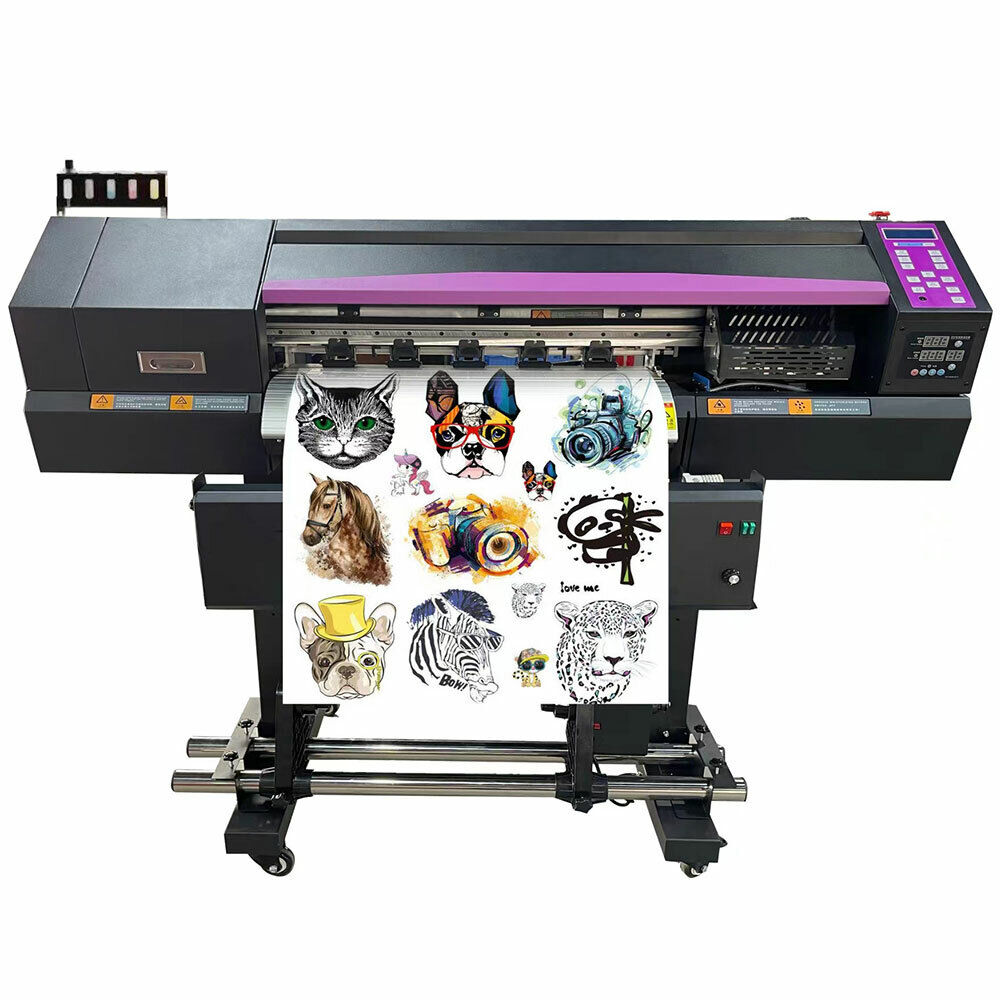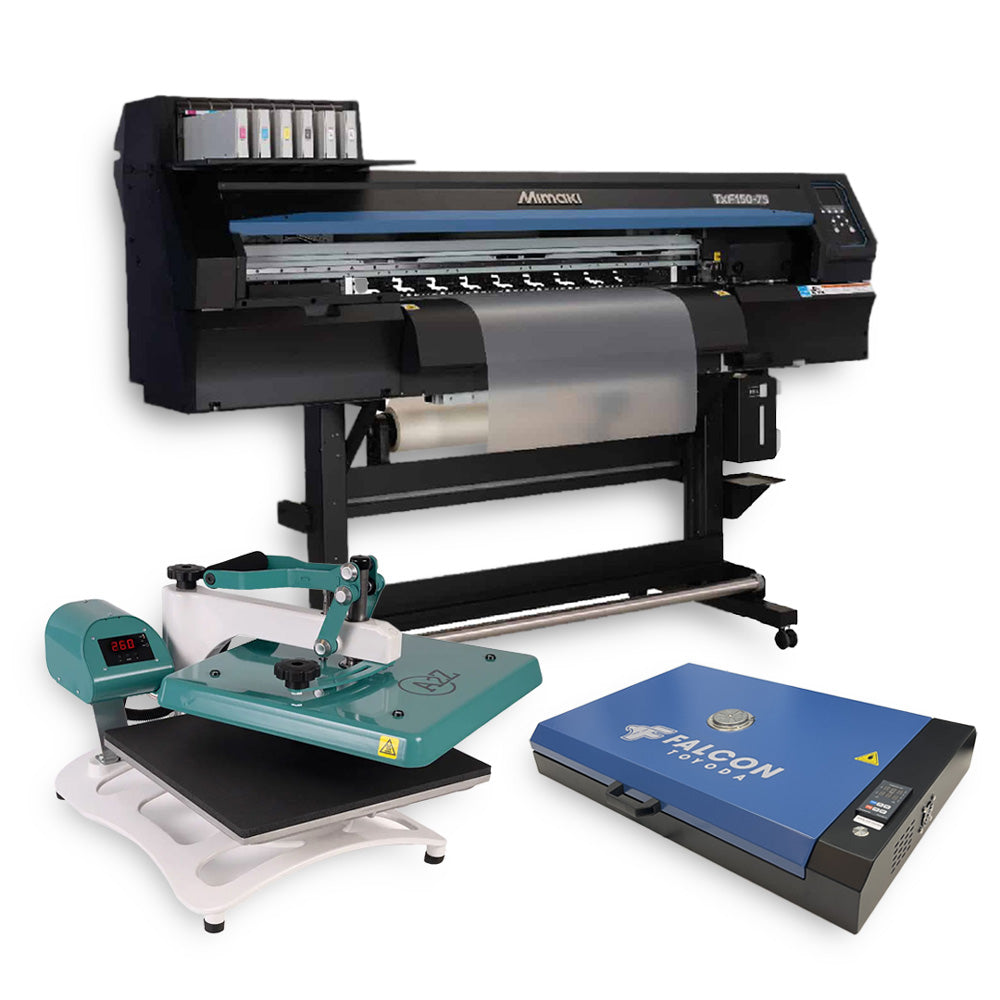DTF printing, or Direct to Film printing, has revolutionized the apparel and custom merchandise industry. In this article, we will delve into the nuances of DTF printing technology, its applications, and its advantages.
What is DTF Printing?
DTF printing is a relatively new technology that allows users to print designs directly onto special film, which is then transferred onto fabrics. This process differs from traditional printing methods like screen printing or direct-to-garment (DTG) printing. DTF involves several steps. First, you print your design onto a special heat transfer film using a compatible DTF printer. Next, you apply a powder adhesive to the printed design when it is still wet. Finally, you heat-press the film onto the fabric. The heat and pressure melt the adhesive, allowing the ink to bond with the fabric.
Advantages of DTF Printing
DTF printing offers various benefits. One of the primary advantages is its versatility. It works well on various fabrics, including cotton, polyester, and blends. This adaptability makes it a top choice for businesses that offer a range of products. It also provides high-quality prints with vibrant colors. The technology allows for fine details and intricate designs, making it ideal for custom apparel.
Another significant advantage is the durability of DTF prints. They typically withstand multiple washes without fading or cracking. This endurance makes them suitable for high-usage items like T-shirts, hoodies, and other types of clothing.
Furthermore, DTF printing offers a relatively cost-effective solution for small-scale production. You can print your designs on demand, reducing waste and storage costs. This flexibility allows businesses to react quickly to market trends without significant upfront investment.
How DTF Printing Works
Understanding the technical process behind DTF printing can help you appreciate its advantages more deeply.
Step 1: Design Preparation
First, you need to prepare your design. You can use graphic design software like Adobe Illustrator or CorelDRAW. Ensure that your design is in the correct file format, usually a PNG or TIFF file with a transparent background. This step is crucial because it affects how the final print appears on the fabric.
Step 2: Printing on Film
Next, the prepared design gets printed onto a special transfer film using a DTF printer. This type of printer sprays specialized ink, which may contain a mix of dyes and pigments. The choice of ink is essential for producing vibrant, long-lasting prints.
Step 3: Applying the Adhesive
After the design has been printed, the next step involves applying a special powder adhesive while the ink is still wet. This adhesive helps the ink bond with the fabric during the heat transfer stage. You then need to cure or heat this powder to ensure it adheres properly to the film.
Step 4: Transferring the Design
Finally, you can use a heat press to transfer the design onto your chosen fabric. It’s vital to set the right temperature and pressure for this step. A proper heat transfer will ensure that the design adheres firmly, providing a durable finish.
These steps make DTF printing straightforward and efficient. It requires less setup compared to screen printing, which often involves creating screens for each color.
Equipment Needed for DTF Printing
Setting up a DTF printing operation requires specific equipment.
1. DTF Printer
The most critical piece of equipment is the DTF printer. These printers are specially designed for this process. Unlike standard inkjet printers, DTF printers use dedicated inks and printing technology that supports the transfer process.
2. Heat Press
A heat press is another essential part of the setup. It applies heat and pressure to the film and fabric, ensuring proper adhesion. Various heat presses are available, ranging from clamshell models to swing-away options. Choosing the right one can affect the quality of your final product.
3. Transfer Film
You’ll also need a specific type of transfer film designated for DTF printing. This film is coated to accept the ink and adhesive properly. Using inferior materials can lead to substandard prints.
4. Adhesive Powder
The adhesive powder is crucial in ensuring that your designs stick to the fabric. It must be compatible with the ink used in the DTF printing process. Typically, this powder needs to be cured properly so that it adheres effectively during the transfer process.
5. Software
Lastly, you’ll require graphic design software to create and prepare your designs. This software is vital for fine-tuning your graphics, ensuring they print as intended.
Having the right equipment is crucial for producing high-quality prints. Investing in quality machines and materials will yield better results in your DTF printing endeavors.
Applications of DTF Printing
DTF printing has numerous applications across various industries.
Custom Apparel
One of the most popular uses of DTF printing is in custom apparel, particularly T-shirts and hoodies. Many businesses like to offer personalized clothing items, especially for events. DTF printing allows for quick turnaround and cost-effective production.
Promotional Products
Various promotional products can benefit from DTF printing. Items like tote bags, hats, and other accessories can display vibrant, detailed designs. Companies use these products for marketing campaigns, further enhancing brand visibility.
Home Décor
DTF printing also extends to home décor items. Consider decorative pillow covers, table runners, or wall hangings. The process enables you to apply intricate designs easily, making it a preferred option for custom home textiles.
Sports Merchandise
Sports teams and organizations regularly utilize DTF printing for their merchandise. Jerseys, caps, and fan gear can feature team logos or specific player names and numbers. Using DTF printing helps ensure that merchandise remains vibrant and durable during regular use.
Short Run Orders
DTF printing is perfect for short runs and fulfilling custom orders. If you’re a small business or individual looking to create unique products, DTF offers a practical solution. The efficient setup and print-on-demand nature enable you to cater to niche markets or specific client requests without significant overhead.
Comparing DTF to Other Printing Methods
When discussing DTF printing, it is essential to compare it to other methods like screen printing and DTG. Each has its own advantages and disadvantages.
Screen Printing
Screen printing has been a mainstay in the printing world for decades. It offers excellent durability and vibrancy, particularly for large batches. However, it requires multiple setups for various colors, which can be time-consuming and costly. In contrast, DTF printing allows for quicker print runs with fewer setup requirements, making it suitable for small-scale production.
DTG Printing
DTG printing provides high-quality prints directly onto garments, allowing for detailed designs and vibrant colors. However, DTG printers are often more expensive, and the costs can be prohibitive for smaller operations. DTF printing provides similar quality while allowing for greater versatility across fabric types, from cotton to more synthetic materials.
Heat Transfer Vinyl
Heat transfer vinyl is another common method for custom apparel. The process involves cutting out designs from vinyl sheets and heat pressing them onto fabrics. While this method allows for vibrant colors and designs, it may not be as durable as DTF printing, especially for detailed images. DTF provides better longevity and color retention, making it a preferred choice for many users.
Choosing the Right DTF Printer
When looking for a DTF printer, there are several factors to consider.
Print Quality
The quality of the prints is paramount. Look for printers that provide high resolution and vibrant colors. Some brands are known for their superior print quality, so researching various models can save you a lot of frustration long term.
Speed of Printing
If you’re running a business, speed matters. DTF printer vary significantly in terms of printing speed. Higher-end models often provide faster print times, which can be beneficial if you have a larger order to fulfill.
Cost
Like any equipment purchase, budget plays a significant role. DTF printers come in various price ranges. Factor in not just the initial cost but also ongoing expenses like ink, film, and maintenance.
Compatibility
Ensure that the printer you select is compatible with the ink and transfer film you plan to use. Some models are explicitly designed for specific brands of ink, which can limit your options if you’re tied to a single supplier.
Support and Warranty
Lastly, consider the support and warranty that come with your purchase. Having reliable customer service can alleviate many headaches down the line. A good warranty is also crucial to protect your investment.
The Future of DTF Printing
The future of DTF printing looks promising.
Technological Advances
As technology evolves, we can expect DTF printers to become more advanced. This could mean faster printing times, higher resolutions, and even broader fabric compatibility. These advancements will likely make DTF printing even more accessible to businesses of all sizes.
Increased Applications
DTF printing is steadily gaining traction across various industries. As more businesses discover its flexibility and quality, we can expect it to become a standard method for custom printing.
Sustainable Options
Sustainability is becoming a priority for many industries. DTF printing offers some eco-friendly options, like using water-based inks. As consumer demand for sustainable practices continues to rise, we may see innovations within the DTF process that prioritize environmental responsibility.
Market Growth
The market for custom apparel is rapidly expanding. With an increasing focus on personalization and unique designs, DTF printing is well-positioned to meet this demand. Companies that invest in DTF technology can leverage this growth to capture market share.
Conclusion
In conclusion, DTF printing offers numerous advantages. It allows for high-quality, vibrant prints on various fabrics, making it versatile for many applications. Understanding the process and equipment involved can help businesses make informed decisions. As technology progresses, DTF printing is poised to become even more prominent in the custom printing landscape. Whether you are an established business or just starting, investing in DTF printing can be a game-changer for your custom apparel and merchandise needs.
